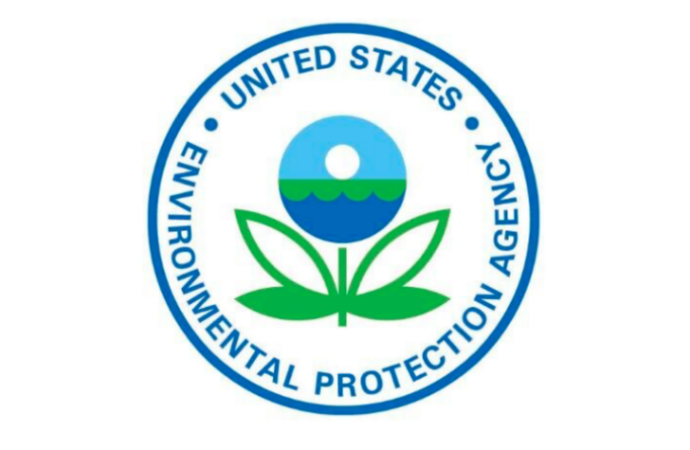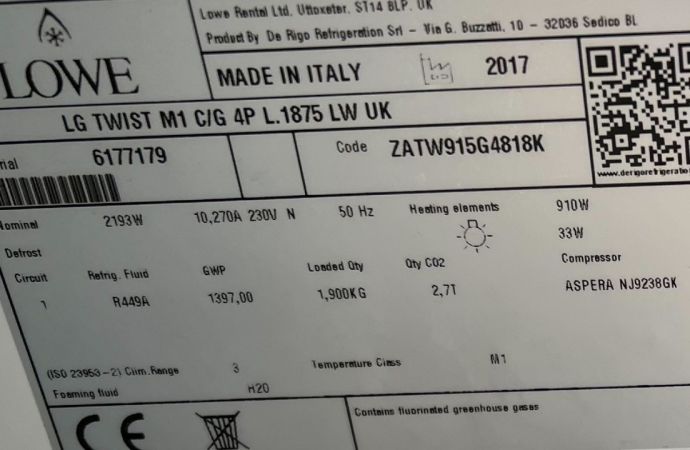Adopting UL standard, the agency lifts charge ceiling to 150 g from 57 g for isobutane, propane and R441A – a move long-sought by industry.

In a long-awaited move, the U.S. Environmental Protection Agency today published in the Federal Register a final rule raising the charge limit for hydrocarbons in domestic refrigerators and freezers to 150 g from 57 g through the adoption of a 2017 Underwriters Laboratories (UL)standard (60335-2-24).
The final rule will take effect on September 7.
The rule raises the charge limit (a use condition) for three flammable (A3) refrigerants – isobutane (R600a), propane (R290) and R441A (a hydrocarbon blend) – in new household refrigerators, freezers and combination refrigerators/freezers under the EPA’s SNAP (Significant New Alternatives Policy) program.
The 57 g limit was widely seen as an impediment to the adoption of energy-efficient hydrocarbon refrigeration in the U.S. domestic market, where consumers have purchased about 12 million new R134a-based household refrigerators and freezers annually. Elsewhere in the world, where 150 g has long been the charge limit for domestic refrigerators, units using isobutane have gained substantial market share.
“We are very pleased with EPA’s action to update its regulations to the most recent safety standards, which will allow household refrigerators of all sizes and types to be designed and manufactured to use a climate friendly refrigerant,” saidKevin Messner, senior vice president, policy & government relations for the Association of Home Appliance Manufacturers (AHAM). “EPA has shown great leadership and action in this area with the publication of this rule.”
Domestic refrigerator manufacturers have already invested close to $100 million in gearing up to make conventional home refrigerators with isobutane, said Messner. In May he said that a hydrocarbon charge-limit increase to 150 g would give manufacturers certainty about moving forward with their plans for using the refrigerant in larger U.S home fridges. “There’s the final investment that can’t happen till we know what the charge size is,” he said.
We are very pleased with EPA’s action to update its regulations to the most recent safety standards, which will allow household refrigerators of all sizes and types to be designed and manufactured to use a climate friendly refrigerant."
– Kevin Messner, AHAM
The new rule was originally published as a “direct final rule” –on December 11, 2017, pending the results of a comment period. On February 28 the EPA withdrew the direct final rule because of some “adverse comment” from stakeholders.
Those comments have been addressed in the new rule, allowing the EPA to move to the 150 g charge limit; it does this by incorporating a UL standard 60335-2-24 that increased the charge limit for hydrocarbons in domestic refrigerators to 150 g from 57 g following an assessment of flammability risks.
The Environmental Investigation Agency (EIA), based In Washington, D.C., welcomed the new rule.“At long last American consumers will have easy access to purchase climate friendly household fridges without HFCs, but today’s rulemaking also has broader significance,” said Christina Starr, EIA’s Climate Policy Analyst. “It demonstrates that we can eliminate remaining market barriers still posed by outdated safety standards to low-GWP refrigerants in many types of cooling equipment.”
“This standard change and its subsequent incorporation by EPA can and should be replicated in other sectors that are vital to scaling up mitigation of HFC emissions, including commercial refrigeration and room air conditioning where efforts are still underway,” added Starr.
The EPA originally approved isobutane for use in domestic refrigerators in 2012, and propane in 2015.
Related stories



